WATER POWER 2023
For more than four decades, NREL's water power researchers have led efforts to develop and advance marine energy technologies and support the changing role of hydropower in the grid.
Message From NREL Water Power Leadership Team
Our water leadership team is pleased to share our 2023 accomplishments report. This report highlights just a few of our team’s recent achievements under our focus areas: hydropower and marine energy.
Our world-class experts continued to advance cutting-edge water power research, development, and demonstration to help the country achieve its goals of a carbon-free electricity sector by 2035 and a net-zero-emissions economy by 2050. Much of the successes detailed below would not have been possible without support from our partners, including the U.S. Department of Energy’s Water Power Technologies Office, fellow national laboratories, academic institutions, and pioneering companies.
Congratulations to all our researchers and collaborators who continue to leverage NREL’s deep historical knowledge to make progress toward a 100% clean energy future.
Sincerely,
Al LiVecchi
Water Power Laboratory Program Manager
Tessa Greco
Strategic Innovation and Outreach Subprogram Manager
Mike Lawson
Marine Energy Subprogram Manager
Jennifer Daw
Hydropower Subprogram Manager
Christa Nixon
Water Power Program Operations Lead
Program Highlights
This year, NREL's water power team managed or received:
Expanded Facilities and Capabilities
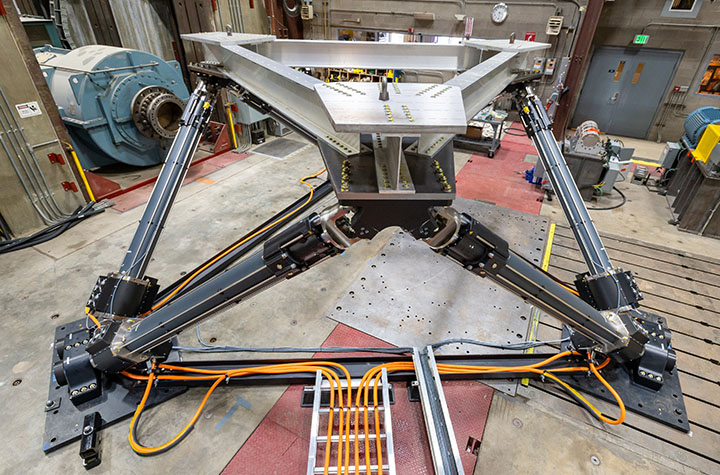
Motion Platform
NREL added a motion platform to its Flatirons Campus. Researchers and technology developers can use NREL's large-amplitude motion platform to validate their small or up to full-scale offshore technologies in a dry environment. The lab’s large-amplitude motion platform, or LAMP, can mimic ocean motions, including waves up to 8 feet high, and supports devices weighing about as much as a small recreational vehicle.
Research Highlights
NREL's water power research collaborations spanned multiple disciplines and technologies, as these featured highlights show. Here's a quick glimpse of some of NREL's Fiscal Year 2023 water power achievements and their impacts.
Hydropower Program
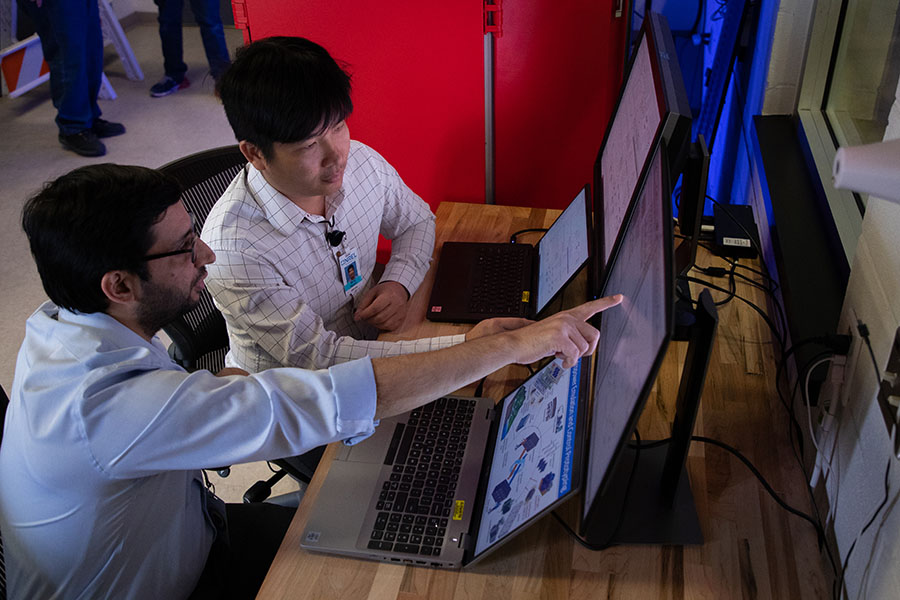
Researchers Can Now Build Huge Hydropower Plants in the Lab
In 2032, a new NREL-developed tool could provide a low-cost, low-risk way to evaluate hydropower technologies and grid configurations. The Real-Time Hydropower Emulation Platform collects field data from actual hydropower plants, mathematical models, and hardware to imitate how various hydropower plant designs are likely to operate in the real world and in real time. Using the Advanced Research on Integrated Energy Systems research platform, the tool predicts how designs might integrate with various grid systems and provides a way to validate and de-risk control schemes and technologies that cannot easily be built in the field. As a result, utilities can reconfigure their local hydropower plants and grid, which is especially useful during power outages.
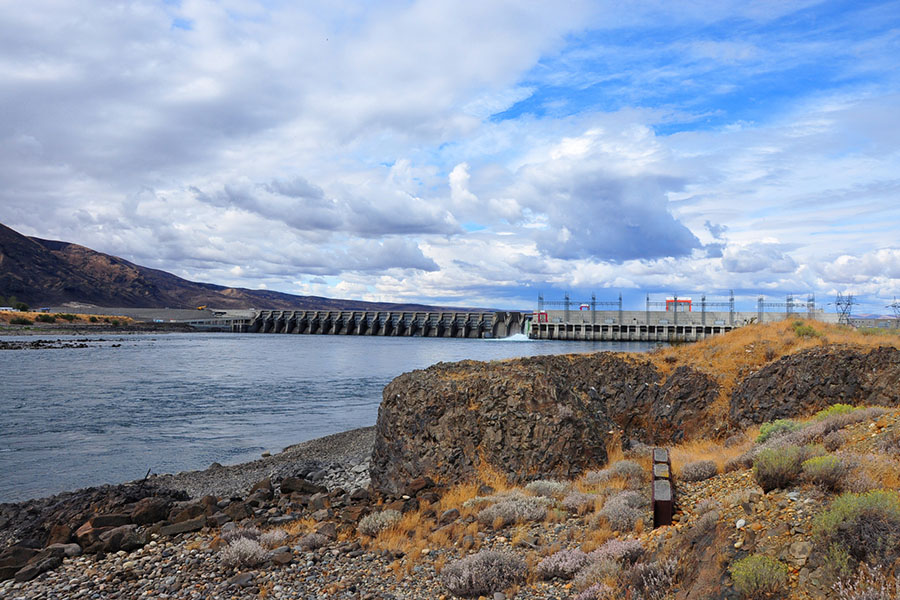
Researchers Help Launch Hydropower Incentive Programs
In 2021 Congress passed the Bipartisan Infrastructure Law, which invested in one continuing and two new hydropower incentive programs: Hydroelectric Production Incentives, Hydroelectric Efficiency Improvement Incentives, and Maintaining and Enhancing Hydroelectricity Incentives. These programs provide support "to existing hydroelectric plants to maintain and enhance their facilities so they can continue providing clean electricity while improving dam safety and reducing environmental impacts."
In 2023, NREL experts played a key role in building these incentive programs. The team gathered feedback from members of the hydropower industry to ensure the initiatives would meet their needs. Based on that feedback, the team developed application guidelines and materials to prepare to open the programs to applicants. As a result, the program collected over 500 applications for these incentives. NREL communications played a strong role in this project.
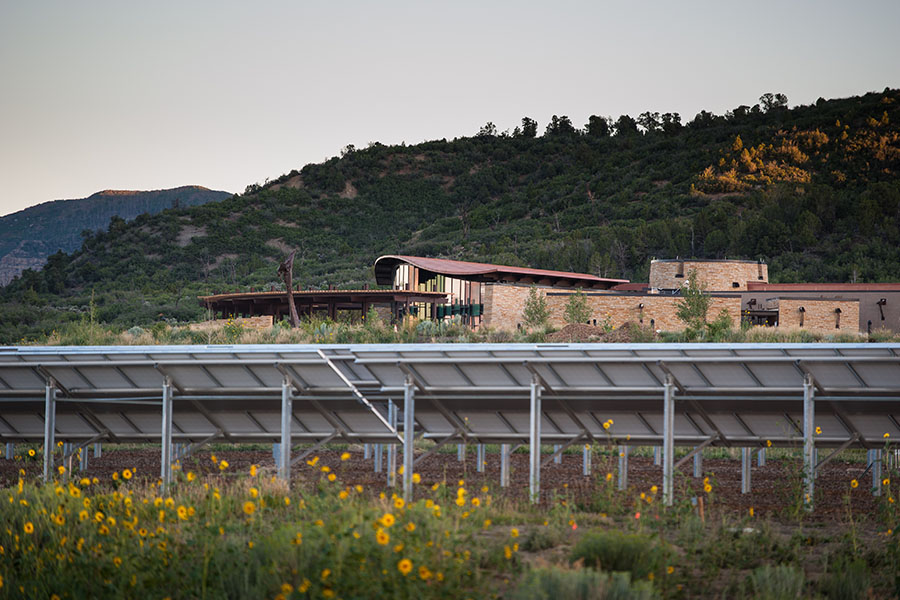
New Research Solidifies Hydropower’s Key Role in Renewable Energy Grid
NREL researchers published a white paper detailing how hydropower could help integrate more variable renewable energy sources, such as solar power and wind energy, into the U.S. power grid. The authors found that hydropower’s ability to generate flexible energy—energy available as needed—is essential for the country to achieve its ambitious goal to build a carbon-free power system by 2035. Replacing the country’s flexible hydropower with a mix of variable renewable energy sources and energy storage would cost about $70 billion, the authors found. The team also reported that current hydropower plants could support the integration of about 10% of the variable renewable energy needed to meet the nation’s decarbonization goals.
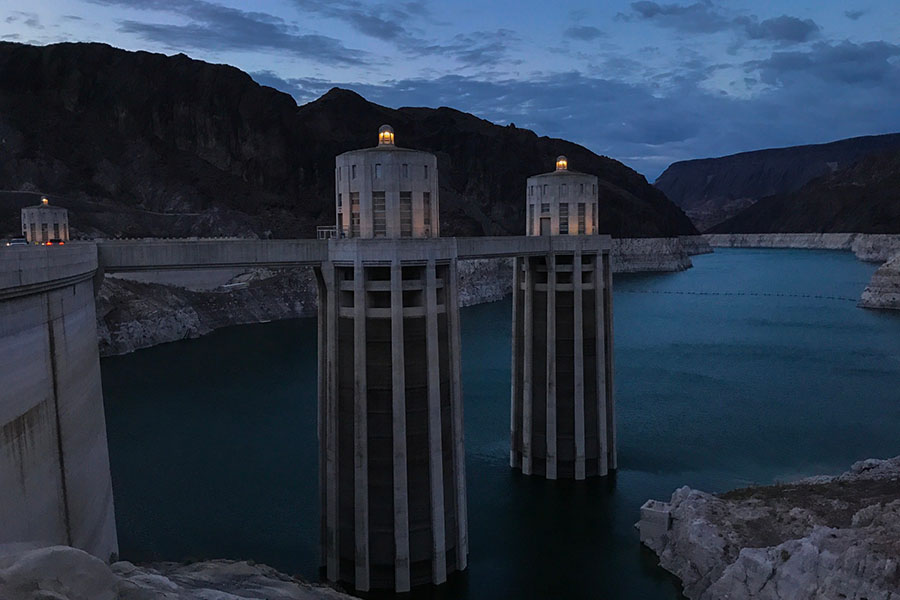
New Research Examines the Costs and Environmental Impacts Associated With Increasing Hydropower
Today, the U.S. power grid is taking on more variable renewable energy sources, such as solar power and wind energy. To bridge energy gaps and ensure the future grid is reliable and resilient, hydropower energy will likely play an increasingly important role, especially in terms of energy storage and flexible power. NREL researchers examined how to balance this increasing demand for clean hydropower with both environmental and economic needs. The researchers published an article with guidance on how to optimize both energy and environmental outcomes and pointed to further research that must be done to protect ecosystems. They also partnered with Oak Ridge National Laboratory and Pacific Northwest National Laboratory to publish a paper on potential hydropower costs and water use—both of which must be accurately understood to plan the future grid.
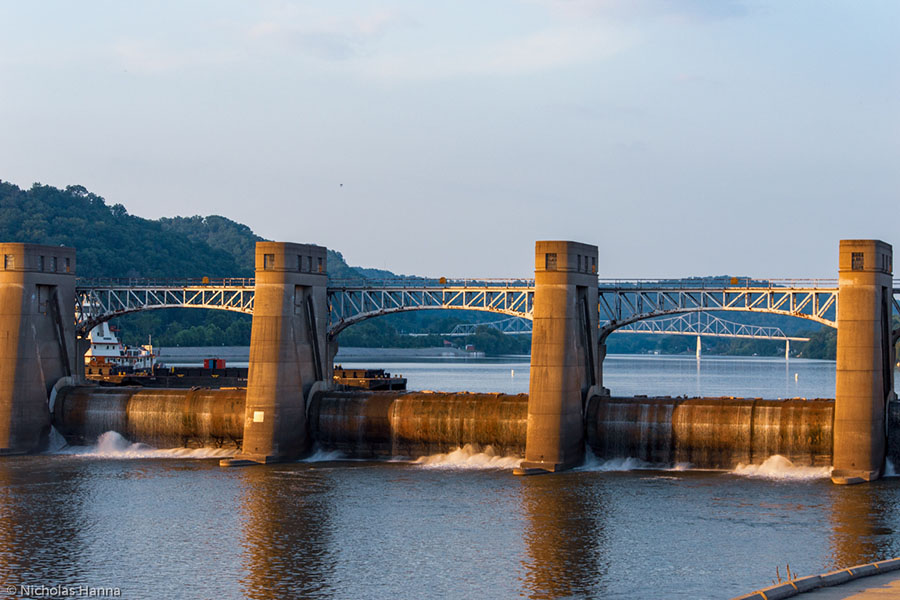
Lab To Help Guide Current and Future Hydropower Projects
In June 2023, NREL researchers were selected to support two hydropower industry efforts. The awards, which are funded through the HydroWIRES Initiative, are designed to support future pumped storage hydropower development. For one of their two awards, an NREL team will collaborate with two other national labs to assist the Tennessee Valley Authority to improve how they estimate the value of pumped storage hydropower facilities. For the second award, NREL experts will work with the Grant County Public Utility District to investigate the market value of coordinated hydropower operations amongst the five owners and seven dams on the Mid-Columbia River. The work will be rooted in NREL's FLASH modeling research and will investigate the market value of coordinated hydropower operations on the Mid-Columbia River.
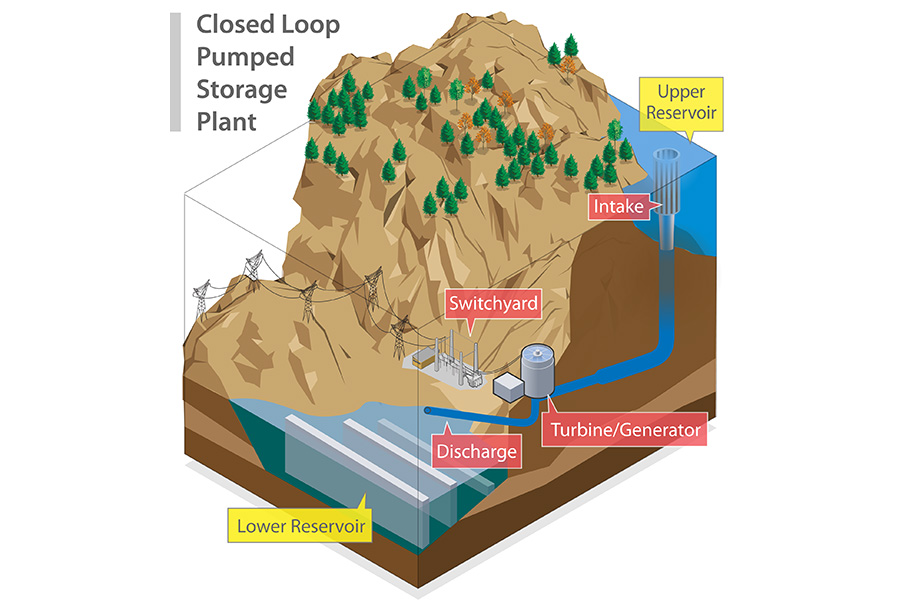
New Analysis Reveals Benefits of Hydropower for Grid-Scale Energy Storage
NREL researchers conducted a life cycle assessment—a method used to evaluate the environmental impact of a product through its life cycle—of closed-looped pumped storage hydropower and found promising news: These systems have the potential to be the most climate-friendly method of energy storage when accounting for the full impacts of materials and construction. The findings were reported in an article titled Life Cycle Assessment of Closed-Loop Pumped Storage Hydropower in the United States in the journal Environmental Science and Technology. The findings provide previously unknown insight into how the greenhouse gas impacts of closed-loop pumped storage hydropower—which is not connected to an outside body of water—compare to those of other grid-scale storage technologies.

Alaska Could Benefit From Pumped Storage Hydropower; New Study Quantifies How
Although Alaska is experiencing some of the country’s most dramatic climate shifts, the state still generates most of its energy with carbon-emitting fossil fuels. A research team led by Argonne National Laboratory with partners from NREL explored whether Alaska could add more pumped storage hydropower—a clean way to store large amounts of energy for hours at a time—to help the state improve its energy resilience and incorporate more renewable energy onto the grid. The team found that the Railbelt system (Alaska’s largest grid) will need both short- and long-duration energy storage to provide both reliable and clean energy, and while batteries are feasible for short-term storage, pumped storage hydropower could be a cost-effective, long-term energy storage option for larger Alaskan communities.
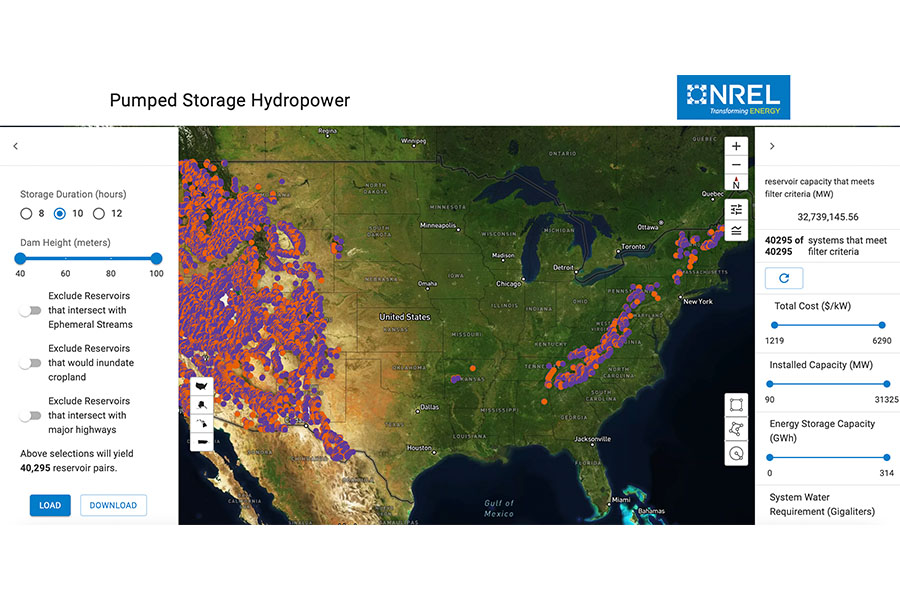
Updated Tool Provides Data on Promising Sites To Build New Pumped Storage Hydropower
NREL researchers released an updated version of a tool that provides data on pumped storage hydropower (PSH) supply curves, which detail the quantity and quality of PSH resources available around the United States and how much it might cost to build a new facility at one of those sites. The tool includes tens of thousands of potential PSH sites in Alaska, Hawaii, Puerto Rico, and more, specifically focusing on closed-loop PSH plants, which are disconnected from naturally flowing rivers. Users can access the tool’s data through a new, publicly available web portal. The data provides a more accurate picture of how many PSH facilities could reasonably be built over the coming decades and, consequently, how large a role pumped storage hydropower can play in meeting the country’s goal to decarbonize the power grid by 2035.
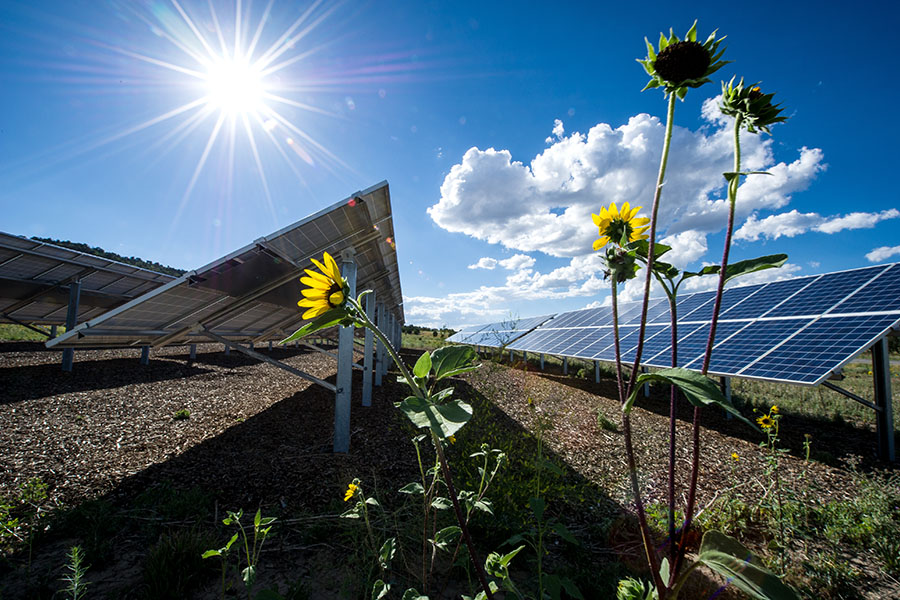
A Cleaner Grid Could Benefit From More Long-Duration Energy Storage
A team of NREL researchers examined the different roles short-term energy storage (such as batteries) and long-term energy storage (such as pumped storage hydropower) could play in decarbonizing the U.S. power grid. In the white paper titled Storage Effectiveness in Enabling Variable Generation and Avoiding Fossil Emissions, the team report that while short (about 2-hour) storage can help integrate more renewable energy into the grid in the near term, pumped storage hydropower’s 6- to 10-hour storage will have significantly more value over time. The team found that, in a grid that runs on high levels of renewable energy, 10-hour storage supplies four times the amount of energy available at any given time compared to 2-hour storage. That capability will be key to integrating more variable renewable energy into the grid.
Marine Energy Program
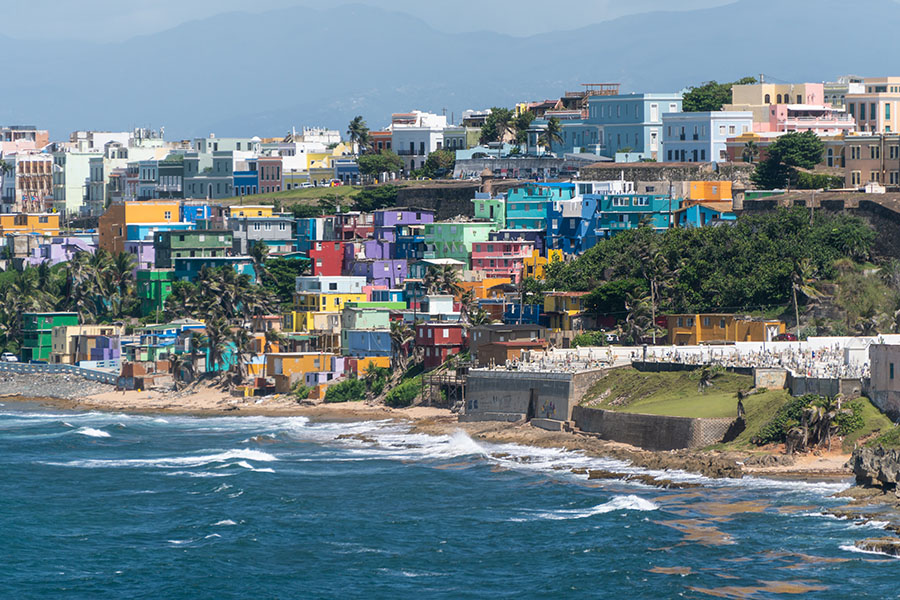
Study Examines Potential for Marine Energy in Puerto Rico
NREL researchers released a report on the potential for marine energy to help Puerto Rico decarbonize their power system and power blue economy applications, specifically providing power for disaster recovery or remote communities. This report is part of the multilab Puerto Rico Grid Resilience and Transitions to 100% Renewable Energy study, which is helping the island achieve its clean energy goals. According to the new report, marine energy could help ensure Puerto Rico’s future grid is reliable and resilient. To help the island better understand the role that water power, including both marine energy and hydropower, could play in its clean energy grid, the NREL team worked to quantify how much of these resources—including wave, tidal, ocean current, and ocean thermal resources—it could harness.
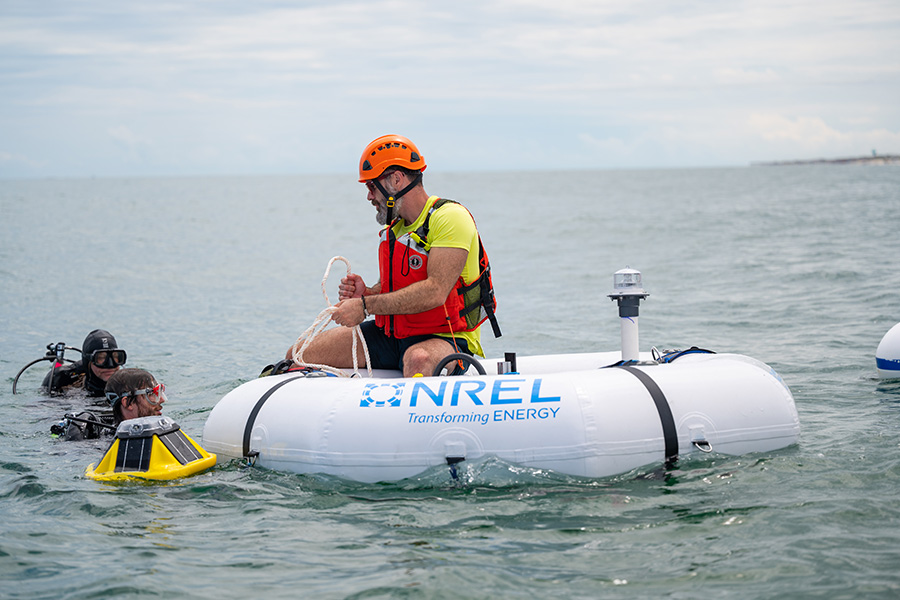
Wave-Powered Desalination Becomes More Accessible Through Open-Source Data
NREL researchers continued to advance the hydraulic and electric reverse osmosis (HERO) wave energy converter (WEC), NREL's first wave-powered desalination device. After a second deployment in August 2022, NREL researchers spent the last year publishing open-source device data, iterating on device design, and performing laboratory testing. In addition to HERO WEC research and development, the team performed experiments to better understand if wave energy converters can power reverse osmosis systems for desalination. Early experiments are promising, indicating that membranes can handle larger variations in flow and pressure than originally anticipated.
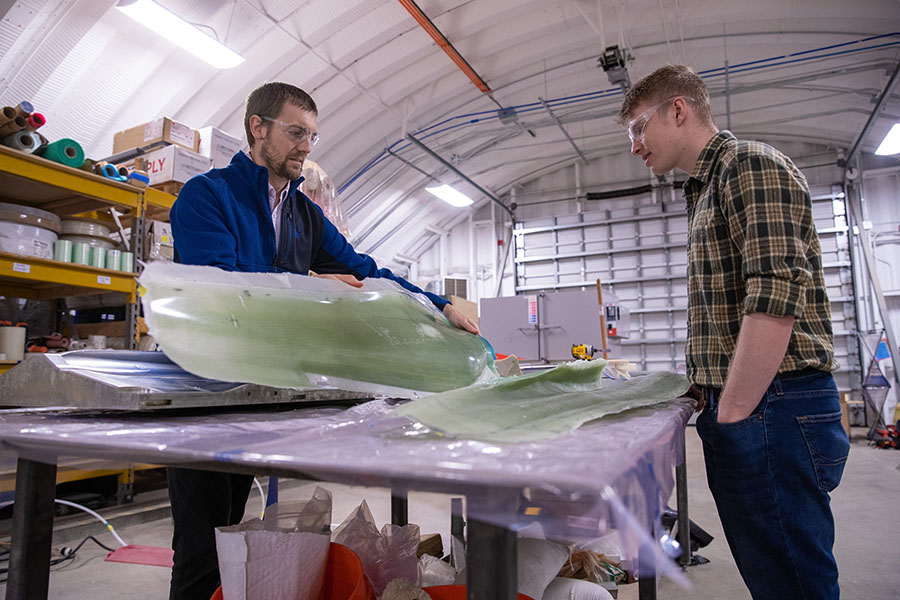
Experts Examine Benefits of 3D Printing for Marine Energy Technologies
Additive manufacturing—or 3D printing—could help the marine energy industry rapidly manufacture prototypes to accelerate research and development and build commercially viable technologies. NREL researchers used a 3D printer to manufacture a steel tidal turbine blade structure, likely the first time anyone used this technique to produce a full-scale structural component for a marine energy device. Next, the team will analyze how well this and other 3D-printed components function under stress. And to help members of the marine energy industry select materials that can survive in the ocean, the team published a paper detailing how quickly specific 3D-printed components degraded in a corrosive marine environment. These studies are a critical first step to better understand which materials and manufacturing processes might help the marine energy industry construct cost-effective and durable devices and, ultimately, achieve commercial success.
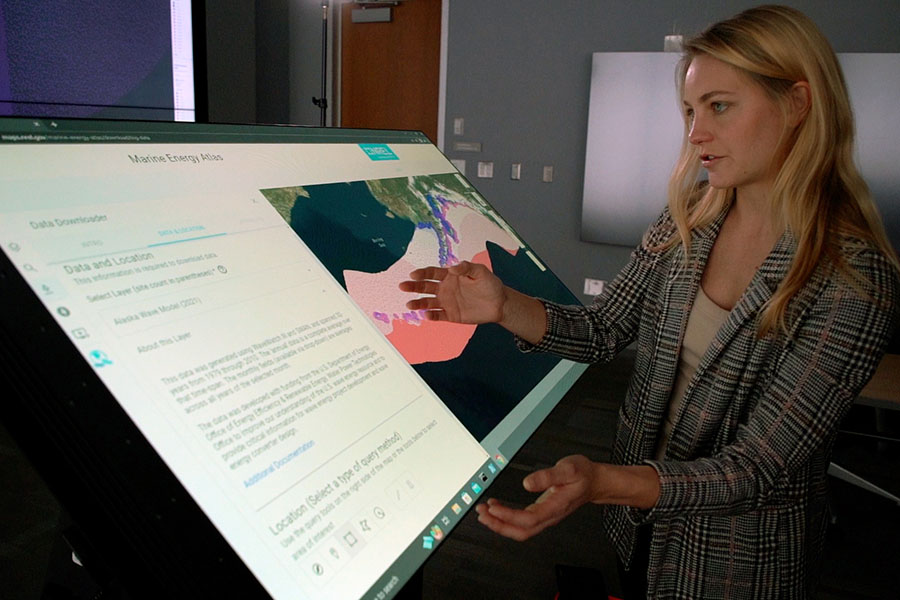
Marine Energy Map Adds Easy-to-Use Interface and Even More Data
NREL's Marine Energy Atlas is a publicly available, virtual platform for anyone—from technology designers to community leaders—to learn how much wave, current, and tidal energy is available at specific ocean sites. The Marine Energy Atlas team published a new user interface that makes it easier for visitors to download the data they need. It also added extensive new information to explore, including data on water depth and population densities as well as locations of current marine energy projects and marine protected areas. These new features make it even easier for researchers, technology developers, and policy makers to understand how marine energy could factor into a future planet that runs on 100% clean energy.
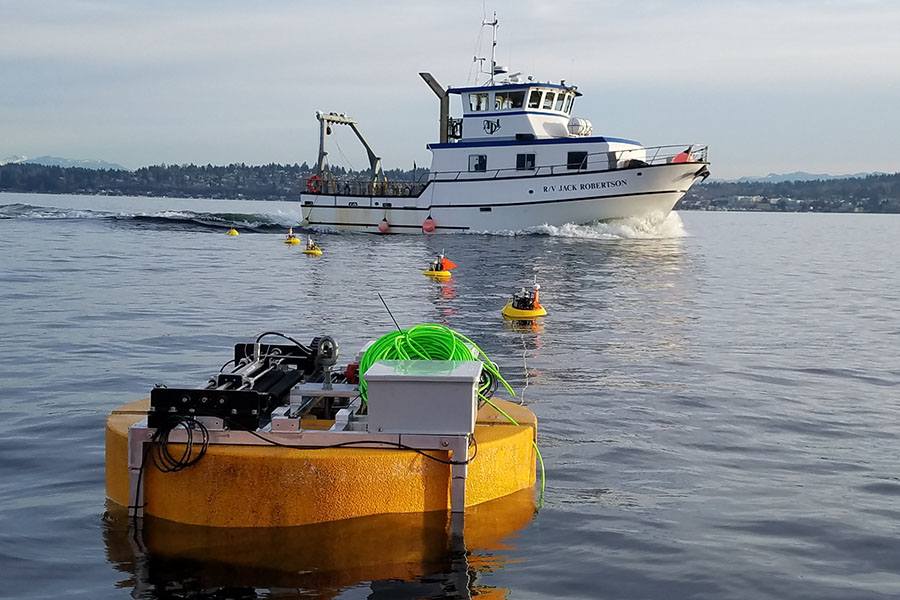
Popular Marine Energy Data Toolkit Gets New Features
NREL, Sandia National Laboratories, and Pacific Northwest National Laboratory released the sixth and seventh versions of the popular Marine and Hydrokinetic Toolkit (MHKiT), an open-source code base that provides developers with the code needed to analyze how well marine energy technologies perform in ocean and river sites. MHKiT 6 features (1) a new module that combines oceanic and meteorological resource data analysis, (2) analysis capabilities based on the speed and direction of currents and water velocity, and (3) updated wave resource calculations that adhere to International Electrotechnical Commission technical guidelines. MHKiT 7 features a new module for assessing mooring loads. Adhering to technical guidelines will help ensure marine energy technologies follow standard measurements and environmental safety requirements.
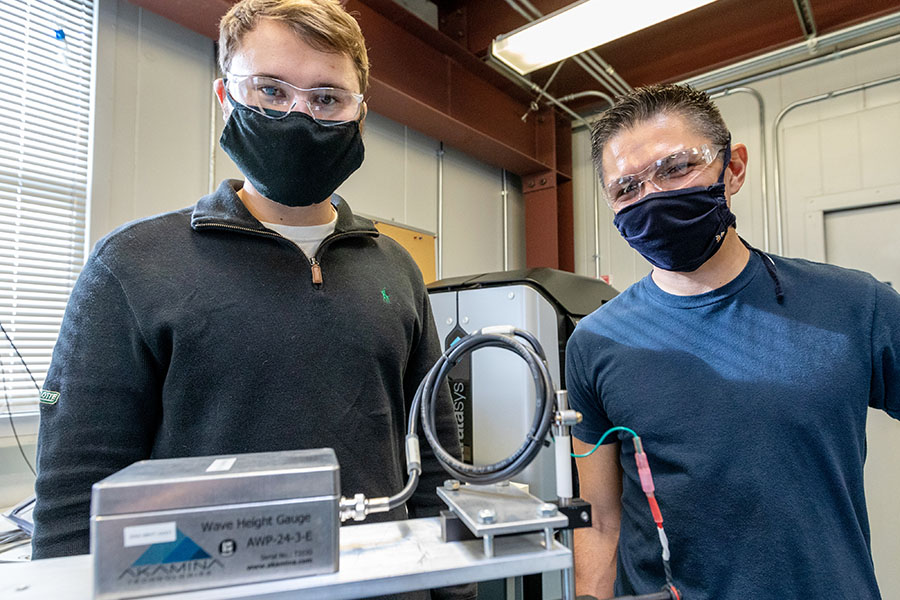
Updated Tool Makes It Easier Than Ever To Collect Data on Marine Energy Technologies
NREL researchers developed and tested an updated version of their Modular Ocean Data Acquisition system—also known as MODAQ. With MODAQ, marine energy technology developers can collect data on how well their prototypes perform in the lab, wave tank tests, or open-ocean trials. This information is critical for developers to understand how to improve their designs and achieve commercial success. The new MODAQ 2.0 is built with widely available hardware and publicly available software, making the tool more cost-effective and therefore accessible to more developers. And because MODAQ 2.0 is modular, developers can add or remove specific features if data needs shift during their project.
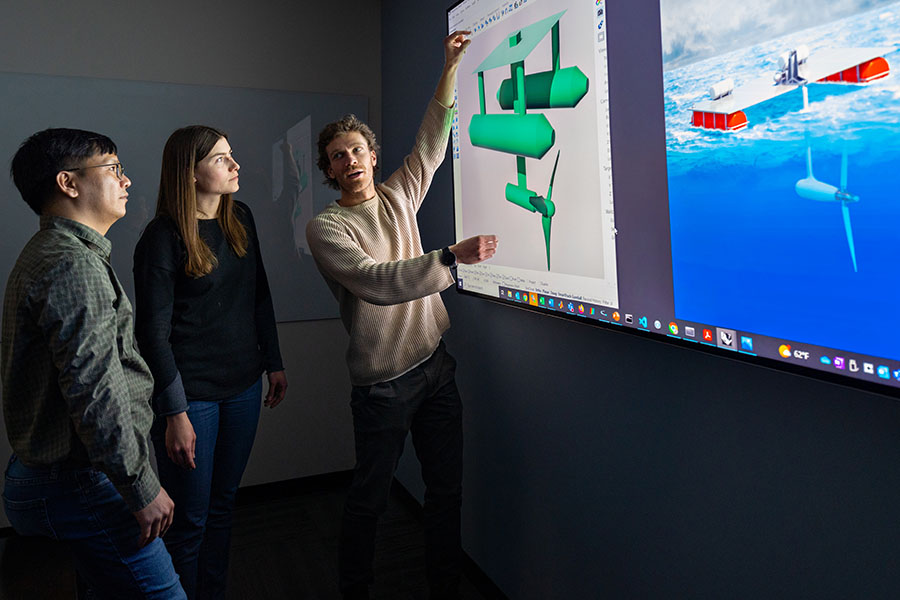
Modeling Tool for Marine Energy Technologies Gains New Capabilities
NREL researchers enhanced and added new features to the wind turbine simulation tool OpenFAST to give users the power to model marine energy turbines. OpenFAST is the first publicly available software that can simulate the forces water exerts on a submerged tidal turbine during operation. The tool provides essential data for marine energy developers to understand how their devices might perform in open water. Over the past year, the OpenFAST team modified the publicly available wind turbine controller (NREL’s Reference OpenSource Controller) to enable marine energy turbine developers to simulate how much energy different versions of their design might generate. The team also added new simulation capabilities, including the ability to assess buoyant loads (the force a fluid exerts on a submerged object), and honed the tool to evaluate a wider range of both fixed and floating marine turbine designs and make it easier and faster for developers to optimize their technology designs.
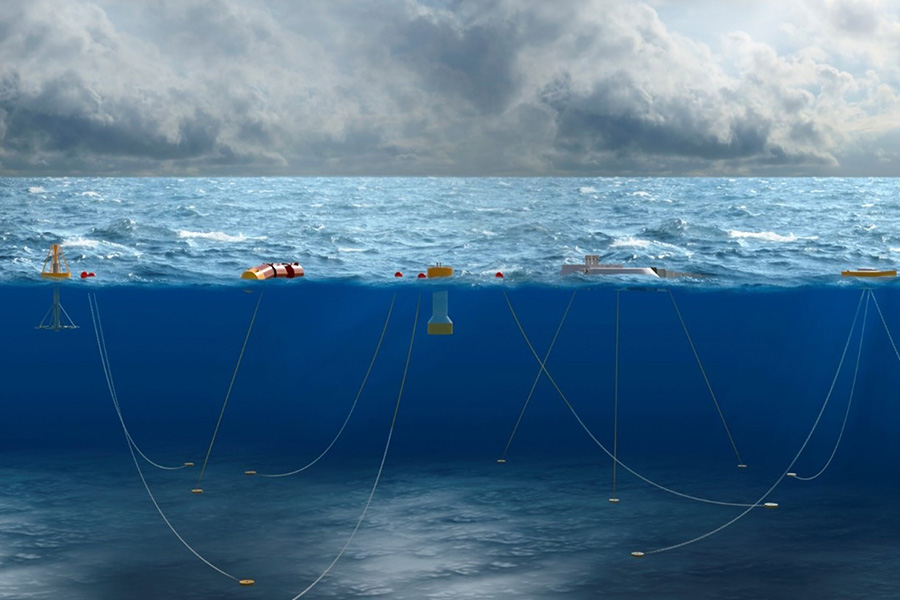
New Project Investigates Temporary Mooring Options for PacWave Test Site
Over the next few years, the PacWave South testing facility will host its first wave of wave energy converters. And yet, PacWave staff have not yet purchased anchoring or mooring components to tether these devices in place, and it’s too costly for wave energy companies to acquire these components on their own. NREL researchers designed different mooring systems that could support a variety of wave energy device designs and analyzed their feasibility and potential acquisition costs. In its report, the team offered guidance on which mooring systems might be the most affordable to serve the test site’s needs; it also provided PacWave with recommendations for which mooring system components it should purchase. (PacWave is being developed through a collaboration among the U.S. Department of Energy, the State of Oregon, and Oregon State University).
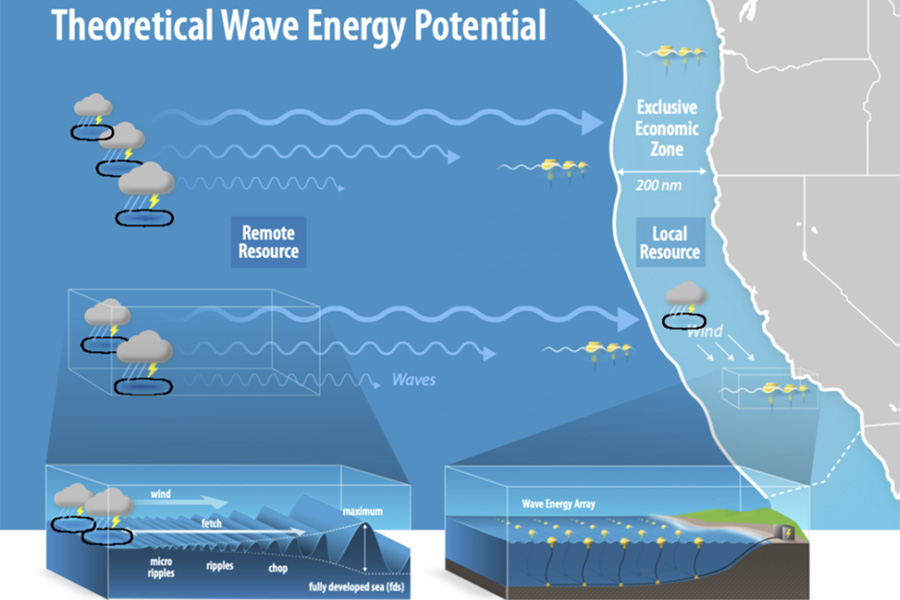
New Method To Measure Wave Energy Predicts United States Has More Than Previously Thought
NREL researchers collaborated with a team from Pacific Northwest National Laboratory to develop a more accurate, comprehensive way to measure how much wave energy is available in specific ocean locations around the world. Using their improved method—which fills previous measurement gaps, such as wave direction and locally-generated waves—the team found that U.S. waters could contain about 25% more wave energy than previously thought (which could mean powering an extra 20 million more U.S. homes). Accurate data is critical for countries, including the United States, to strategize how to account for wave energy’s contributions in their clean energy goals; and this new method could provide the most accurate measurements to date.
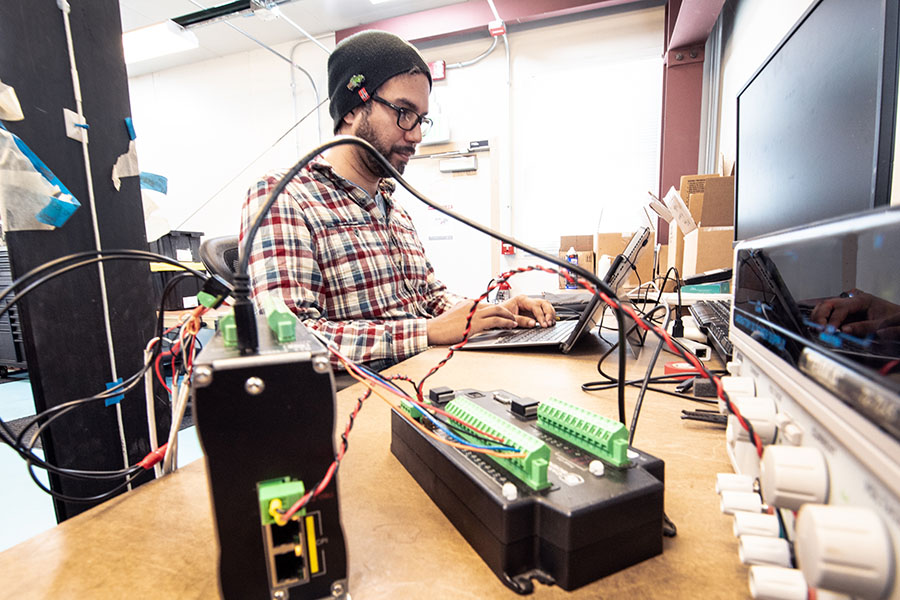
Team Collects Comprehensive Data on Operational Tidal Turbine
NREL researchers continued to partner with the University of New Hampshire’s Living Bridge Project to collect data on the project’s tidal turbine installed under a bridge in Portsmouth, New Hampshire. In 2022, NREL researchers outfitted one of the turbine blades with sensors to collect more data on the strain water exerts on the turbine during operation. In the fall of 2022, the team installed upgraded components and collected data on mechanical load—or physical stress—directly from the blades. This new data could help improve understanding of how this and similar cross-flow turbines perform in real conditions. In 2023, the NREL team analyzed the data and published its preliminary results in international conference papers; it will continue to collaborate with the University of New Hampshire team on additional publications. After the team performs a thorough quality control check on the 2023 measurement data, it will make it publicly available through the Marine Hydrokinetic Data Repository.
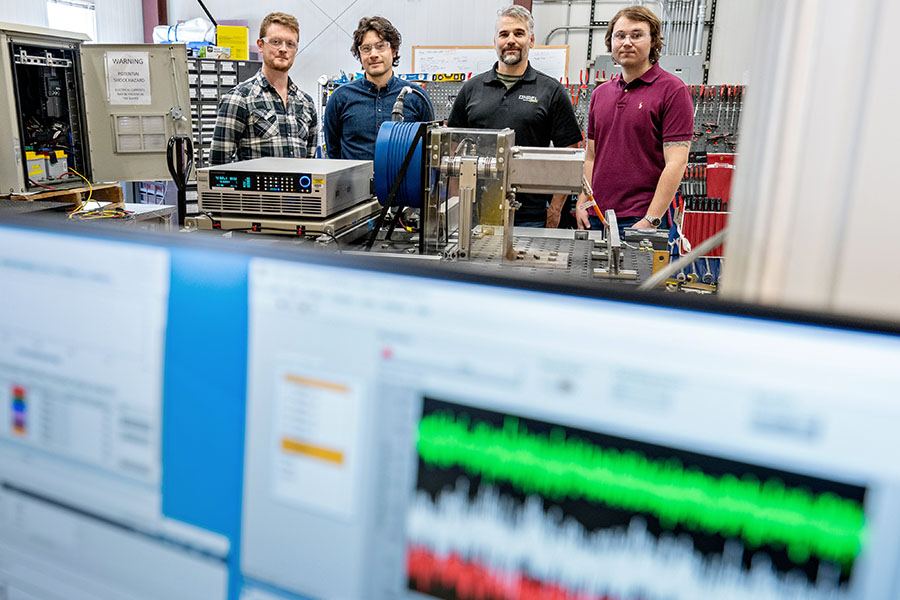
New Wave Energy Test Setup Combines Virtual Simulation and Real Hardware
NREL researchers built a new wave energy testing platform that pairs virtual simulation with real hardware to evaluate emerging technology designs. The setup can also feed live data from a device component, such as a generator, back into the virtual model to get a precise look at exactly how the hardware would respond to real ocean waves. NREL researchers have already used their new setup to evaluate a promising wave energy technology design, called the variable-geometry wave energy converter. This testing setup could help other wave energy technology developers quickly identify how to improve their designs and potentially accelerate the transition from lab to market.
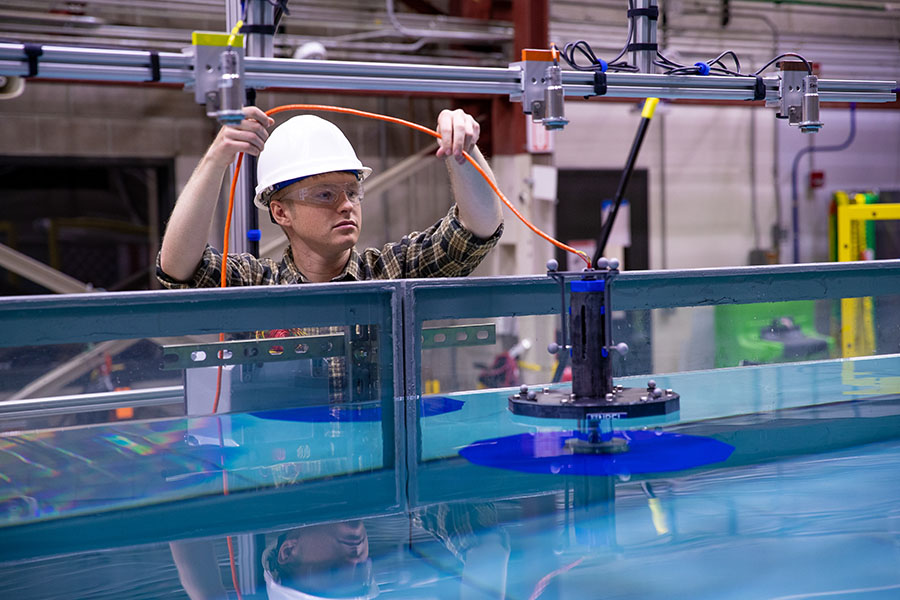
New Tools Make Theory-to-Ocean Technology Validation Possible
NREL’s water power facilities gained two valuable capabilities: a wave tank and a motion platform. The wave tank in the Sea Wave Environmental Lab is used by researchers and technology developers to validate their scaled offshore technologies, including marine energy devices and offshore wind turbines. The wave tank pairs well with NREL’s large-amplitude motion platform, which will be used for dry validation of small- or full-scale devices. NREL’s water power facilities now provide a broader range of capabilities a developer might need to take their technology designs from theoretical idea to small-scale prototype and even to prepare a full-scale device for the open ocean.
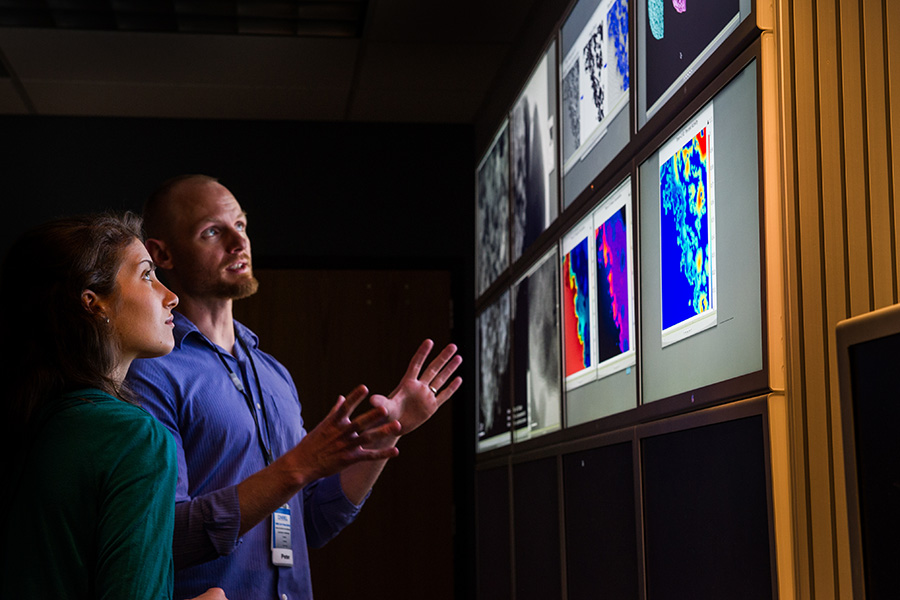
Project Showcases Web-Based Tool for Developing Wave Energy Converter Technologies
The Wave-SPARC (Systematic Process and Analysis for Reaching Commercialization) project continues to evangelize the role of innovation alongside assessment in wave energy converter (WEC) technology development. Technology developers can realize successful outcomes in less time, at less overall cost, and with less encountered risk. In Fiscal Year 2023, NREL researchers showcased the public-facing technology performance level assessment methodology and tool, which evaluates the techno-economic performance potential of early-stage WEC concepts. The team completed a technology performance level assessment for a leading WEC developer and provided helpful suggestions for improvement prior to their full-scale demonstration project. The tool was also adapted to current energy converters, which facilitates its expanded application in the marine energy space.
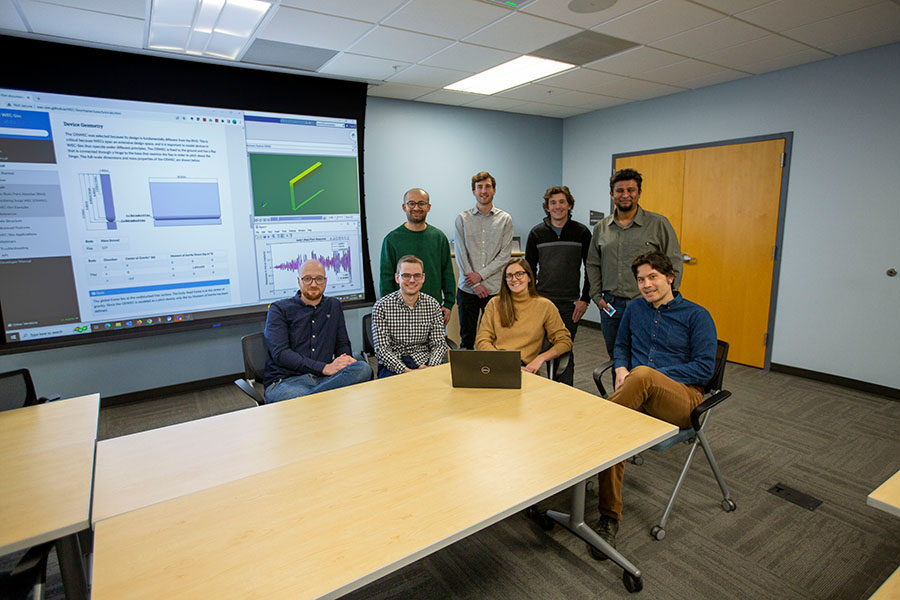
Award-Winning Wave Simulation Software Gets New Features
NREL researchers and their collaborators from Sandia National Laboratories continued to add new features to their award-winning software, the Wave Energy Converter SIMulator (or WEC-Sim, for short). WEC-Sim is the first open-source code that gives wave energy developers the power to simulate how their technologies might operate in ocean waves. This year, the WEC-Sim team released a new version, which included updates to hydrodynamic forces to allow for wave spreading, incorporation of MOST (the MATLAB for Offshore wind turbine Simulation Tool) for wind and wave hybrid system modeling, and updated training materials and applications.
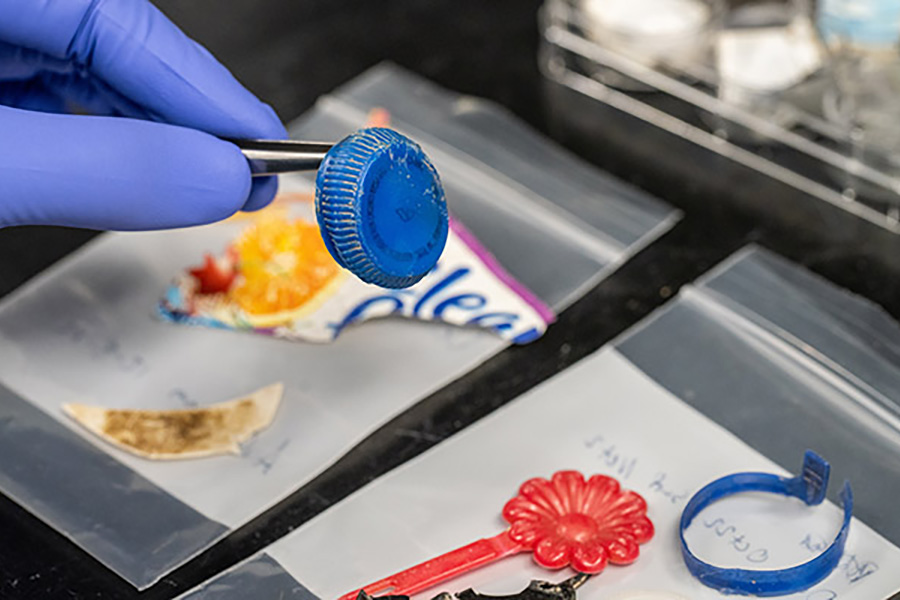
Team Tracks and Collects Waterborne Plastic Pollution in Four U.S. Rivers
The Waterborne Plastics Assessment and Collection Technologies (WaterPACT) project successfully completed the field-work component of a first-of-its-kind national-scale survey of a future potential blue economy market for water power. Micro- and macro-plastic samples gathered in four major U.S. rivers are being characterized to estimate market potential. Next, the team will look to characterize the marine energy resource present in U.S. rivers, collecting data on debris, and ecological and human impacts through measurement, modeling, and analysis.
Cross-Technology
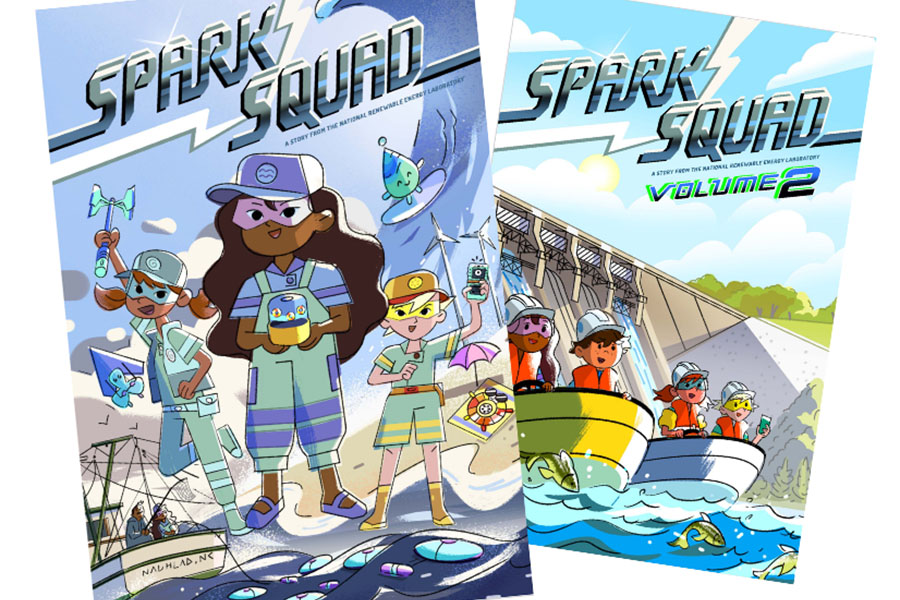
Volume 2 of Spark Squad Comic Made Available for Parents and Educators
To spark student interest in renewable energy and inspire them to join the clean energy workforce, NREL has collaborated with Energy Saver for Kids and DOE's Water Power Technologies Office to create the Spark Squad comic book series. This year the team released Volume 2 of the series, which follows middle schoolers as they explore a hydropower facility and learn how a dam generates renewable energy. Since the comic was launched in Fiscal Year 2022, more than 3,000 parents, educators, and members of the public have requested physical copies of the comic, which is also available for digital download.
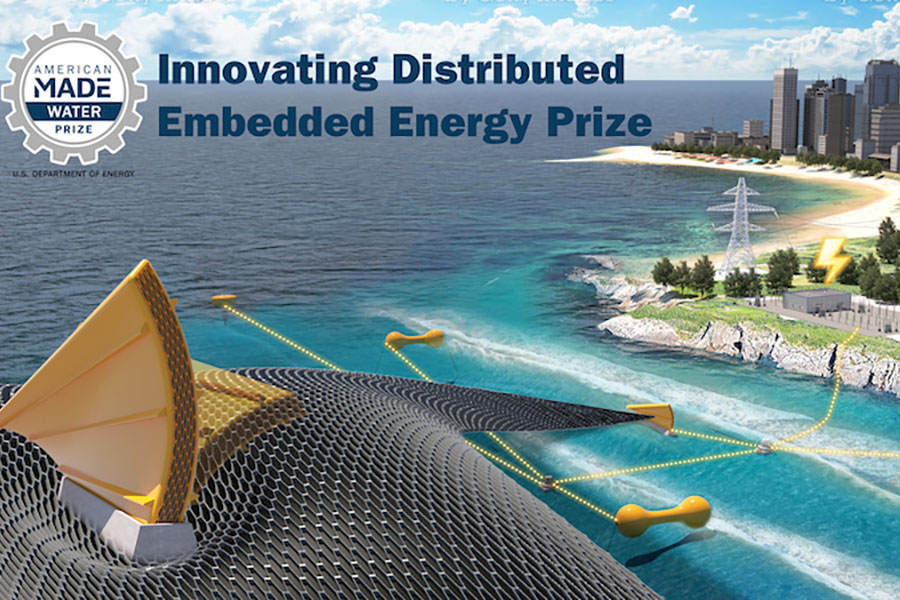
New Water Prize Seeks Designs To Harness Grid-Scale Power From Waves
The new $2.3 million Innovating Distributed Embedded Energy Prize (InDEEP), which launched in March 2023, was inspired by NREL’s growing research in distributed embedded energy converter technologies. The prize challenges competitors—from within and beyond wave energy—to generate new, precommercial energy-converting metamaterials for ocean wave energy conversion that could lay the foundation for generating electricity at the grid scale. This prize is the first step in exploring the distributed embedded energy converter technologies potential for ocean wave energy conversion, building energy resilience in coastal cities and supporting the nation’s goal of net-zero carbon emissions by 2050.
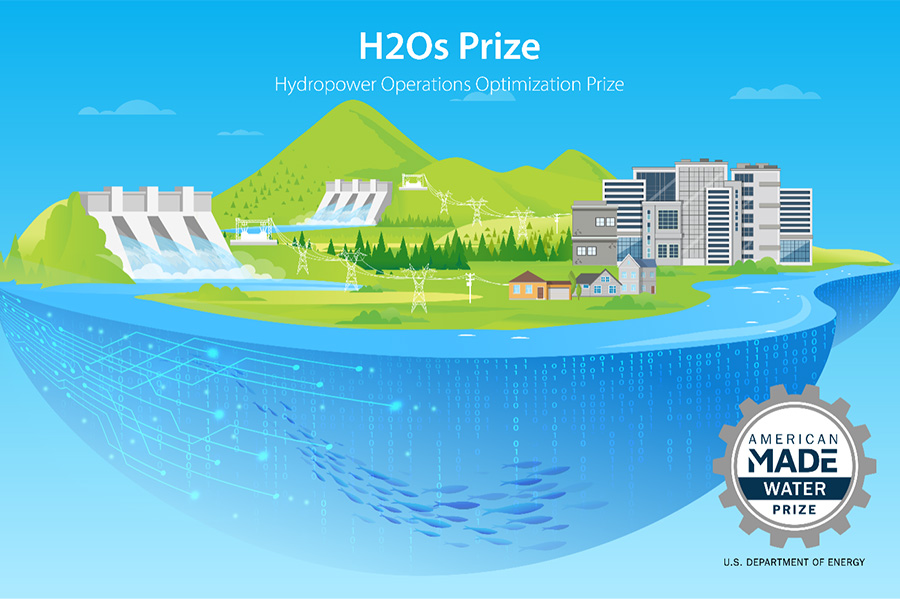
Hydropower Operations Optimization Prize Names Phase 3 Winners
Three teams were selected in Phase 3 of the Hydropower Operations Optimization (H2Os) Prize to receive a share of the $50,000 prize pool based on their novel solutions to advance hydropower’s contribution to the grid. The H2Os Prize, which launched in April 2022, focuses on hydropower’s complementary role in the renewable energy mix. The prize challenges competitors to use modeling, optimization, and machine learning to create new ways for hydropower systems to plan daily grid operations and meet water management needs, such as water supply, environmental flow requirements, and flood management. The fourth and final phase of the prize was held in October 2023, at which competitors gathered in person for a 3-day event where they competed for their share of a $75,000 prize pool.
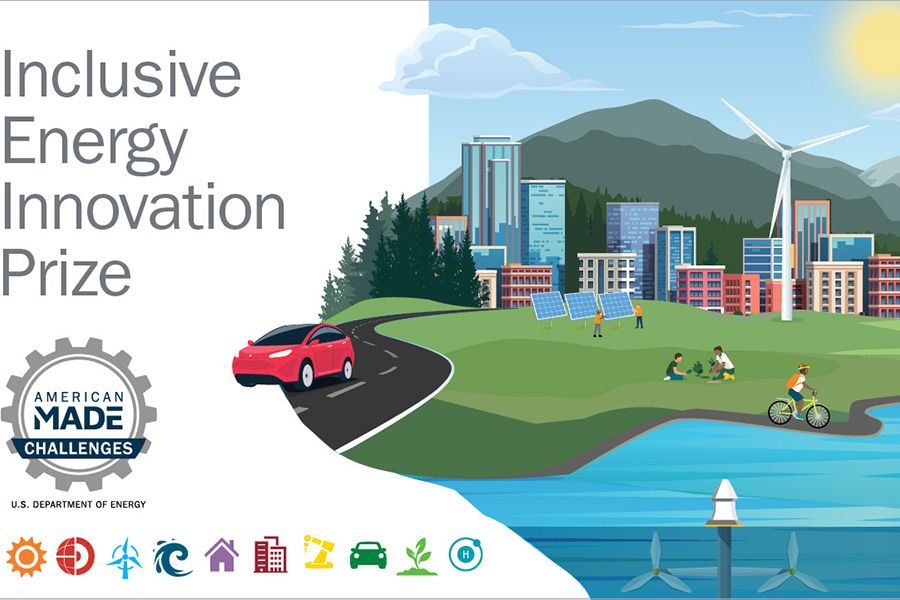
Inclusive Energy Innovation Prize Summit and Event Bring Together Competitors and Stakeholders
The inaugural Inclusive Energy Innovation Prize Summit was held Nov. 2–3, 2022, in Washington, D.C. Members of the 18 teams competing in Phase 2 of the prize, along with industry leaders, NREL team members, and staff from various U.S. Department of Energy offices came together to share their thoughts on building an equitable clean energy infrastructure. Competitors were then invited to the prize’s culminating Presenting Impact Through Communities at Home (shortened to PITCH) Event, which took place June 13–14, 2023, on NREL’s South Table Mountain Campus, to present their progress and share how they’ve been working with their communities to ensure a just and equitable clean energy transition. At the conclusion of the event, six teams were named winners and awarded a share of the $1.5 million prize pool.
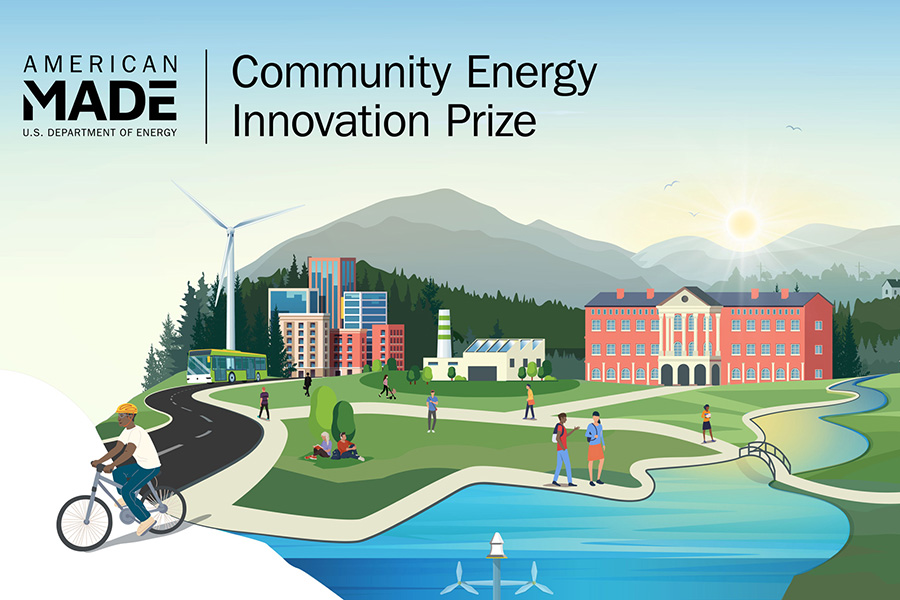
New Community Energy Innovation Prize Promotes Community-Based Action
The new $7.49 million Community Energy Innovation Prize, which launched in August 2023, is the successor of two recent NREL-administered prizes that successfully stimulated community-based clean energy innovation: the Community Clean Energy Coalition Prize and the Inclusive Energy Innovation Prize. The expanded prize is now open to competitors in three tracks—Clean Energy Ecosystem, Manufacturing Ecosystem, and Collegiate—who will provide support, build trust, and strengthen relationships and partnerships with underserved communities while advancing the clean energy transition. Their proposed activities will promote business and technology incubation and acceleration as well as other community-based capacity building, innovation, and entrepreneurship.
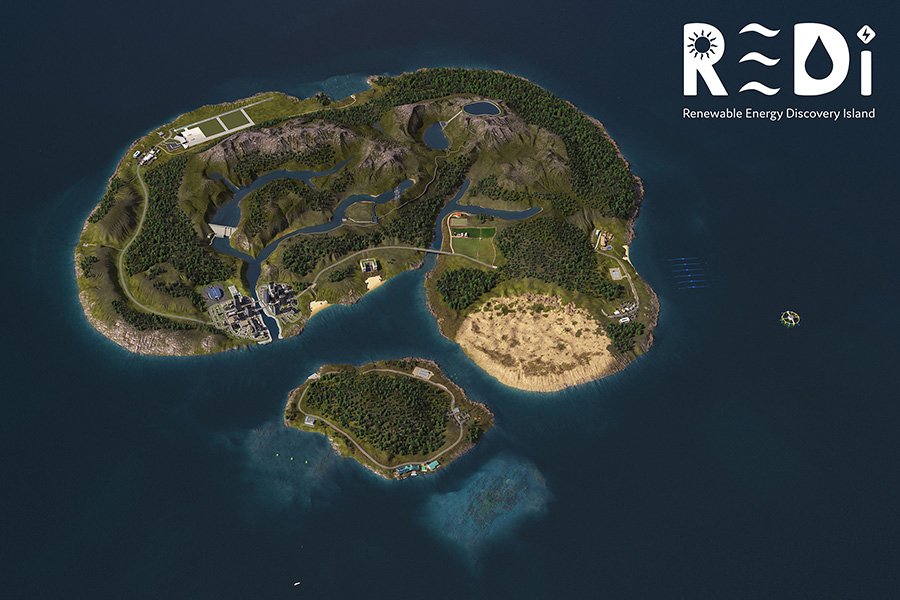
Career Resources and Activities Could Nurture a Larger, More Diverse Water Power Workforce
To help the country meet its ambitious clean energy goals, both the marine energy and hydropower industries will need a new generation of diverse workers to fill a host of jobs. In Fiscal Year 2023, NREL experts developed or helped manage several efforts to inspire students and others to pursue careers in water power. For example, NREL researchers published a new study on the challenges and opportunities the hydropower industry faces, ran hydropower workshops at industry conferences, and published hydropower and marine energy career maps to guide aspiring water power champions into the workforce. The lab also hosted the fourth Marine Energy Collegiate Competition and inaugural Hydropower Collegiate Competition, which help undergraduate and graduate students prepare for jobs in water power industries.
And finally, the team launched Renewable Energy Discovery (REDi) Island, an educational virtual world powered by marine energy and hydropower technologies. Soon, the team will publish an accompanying web-based app for audiences of all ages to explore water power technologies and learn how each could help power a 100% clean energy future.
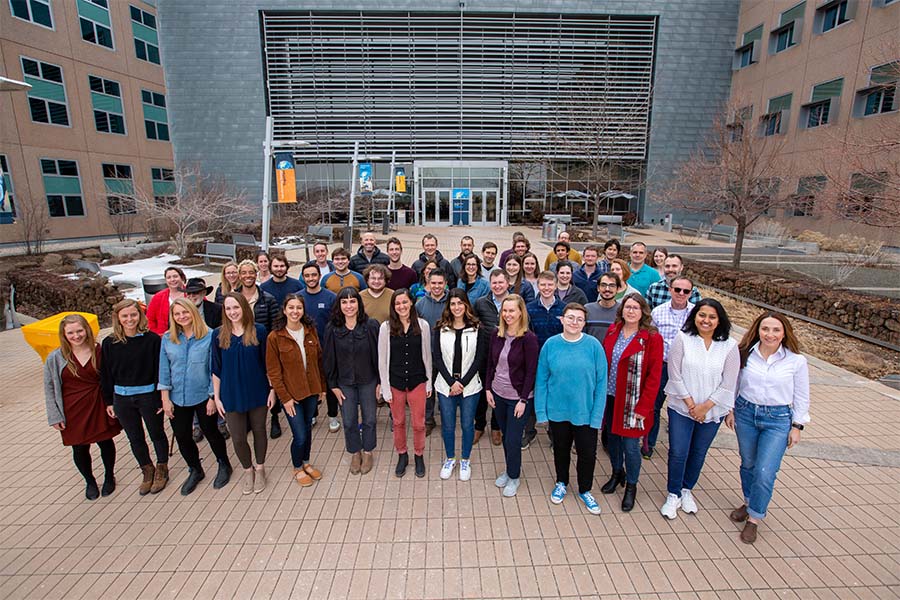
Who's Behind the Research?
Meet the staff powering NREL's water power research and development.
Connect With Us
Contact us at the Water Power Team for more information on water power accomplishments or ways to collaborate.
Subscribe to the water power newsletter, The Current, to receive water power updates via email.
Interested in partnering with us? Visit Work With Us to find out more.
Share
Last Updated May 28, 2025





